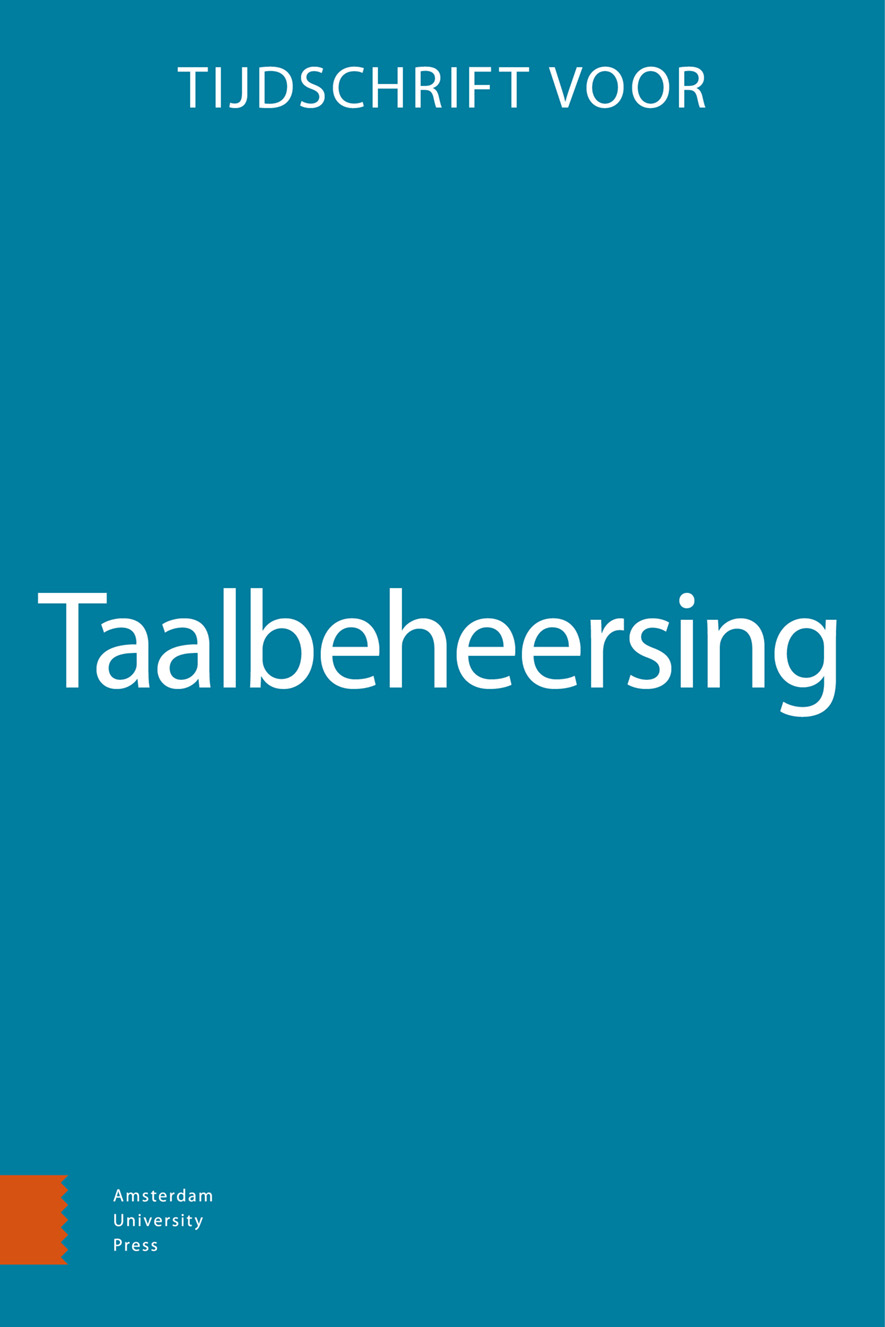-
oa De rol van gelijkenis bij narratieven
- Amsterdam University Press
- Source: Tijdschrift voor Taalbeheersing, Volume 41, Issue 1, Apr 2019, p. 229 - 242
-
- 01 Apr 2019
Abstract
The role of similarity in narrative persuasion
This paper presents two studies on the role of similarity in the processing of narratives. In Experiment 1 (N = 83), female students were presented with one of two versions of a story about the severe consequences of breast cancer. In the similar version, the protagonist was a 22-year-old female student; in the dissimilar version, the protagonist was a 59-year-old working woman. Experiment 2 (N = 62) was an online replication of the first study, with an added measure of perceived similarity.
Neither in Experiment 1 nor in Experiment 2 significant differences were found between the two versions on identification, attitude, or intention. Mediation analyses in Experiment 2 did show that the manipulation of similarity had a significant indirect influence on identification, transportation, emotions, and intentions, via perceived similarity. These findings suggest that manipulating similarity may influence persuasion, but only when this similarity is perceived as such by the participants.


